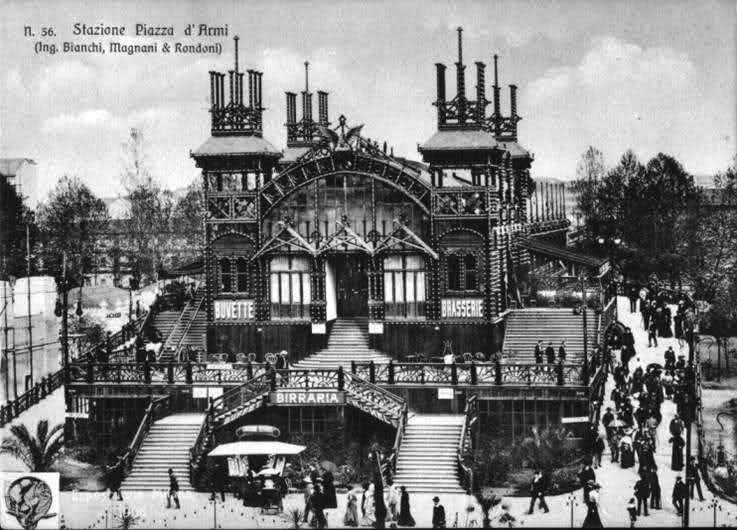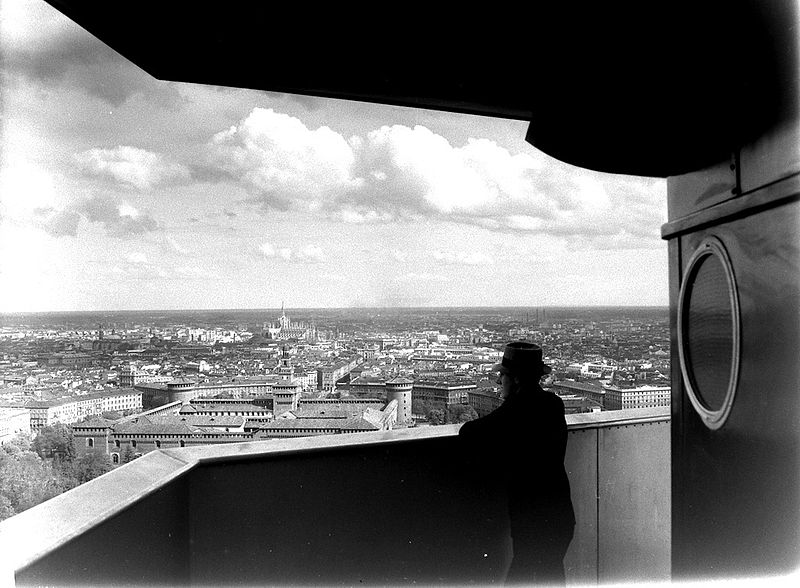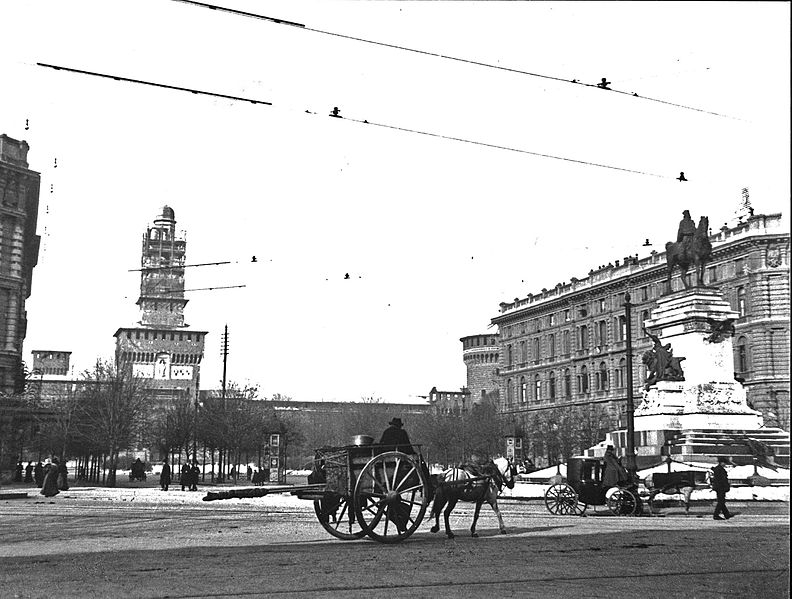«This city part will remain for posterity as a tangible sign of the desired image of a new Milan,» a declaration of intent – on the part of the architect Luigi Broggi – which more than one century later has all the impact of a prophecy, for those who observe the neighborhood between Parco Sempione and Corso Magenta, built as part of an ambitious project of modernization of the city. With the restoration of Castello Sforzesco by the architect Luca Beltrami (1890-1900) and the transformation of the Piazza d’Armi to make a large public park (today’s Parco Sempione), the construction of the area to the north of Porta Magenta (previously Porta Vercellina) began, an entrance to the city once located at today’s Piazzale Baracca. The zone which had been left undeveloped and stood out only for the presence of the old Borgo delle Grazie (which grew up at the end of the 1400s around the church of Santa Maria delle Grazie) was transformed, with the Beruto Plan (1884-1889), into a residential zone for the upper middle class, featuring villas with gardens and richly decorated buildings, in keeping with a language that drew on the stylemes of Eclecticism and Liberty.
Already close to completion in 1906, for the Esposizione Internazionale del Sempione, the neighborhood built with an orthogonal layout grid, whose main axes are the streets Vincenzo Monti and XX Settembre, still conserves its original character, standing out from many other zones of the city which above all during the period between the two World Wars were subjected to extensive and very controversial transformations. One of the most significant buildings in the zone belongs precisely to those years of hotly debated change: the Palazzo dell’Arte (home of the Milan Triennale), by the architect Giovanni Muzio, on the southwestern side of Parco Sempione, destined to become the main reference point of Milanese design culture and more. As evidence of the exhibitions of architecture and design held here starting in 1933, events that were as temporary in their duration as they were seminal in their cultural impact, certain outstanding works of architecture can still be seen in the park, such as the “Torre del Parco” designed by Gio Ponti for the 5th Triennale (1933), and the pavilion designed by Ico Parisi for the 10th Triennale (1954), now used as a library.
Among the most important works of architecture of the period when the Castiglioni brothers and Franco Albini lived and worked here:
Palazzo dell’Arte (1932 – 1933)
Via E. Alemagna, 6
Design: Giovanni Muzio
Torre Littoria, now the Torre del Parco (1932 – 1933)
Parco Sempione
Design: Giò Ponti, Cesare Chiodi, Ettore Ferrari, Tommaso Buzzi
Torre al Parco (1953 – 1956)
Via Revere, 2
Design: Ludovico Magistretti, Franco Longoni
Pavilion for the 10th Triennale, now the Biblioteca del Parco (1954)
Parco Sempione
Design: Ico Parisi, Silvio Longhi, Luigi Antonietti


